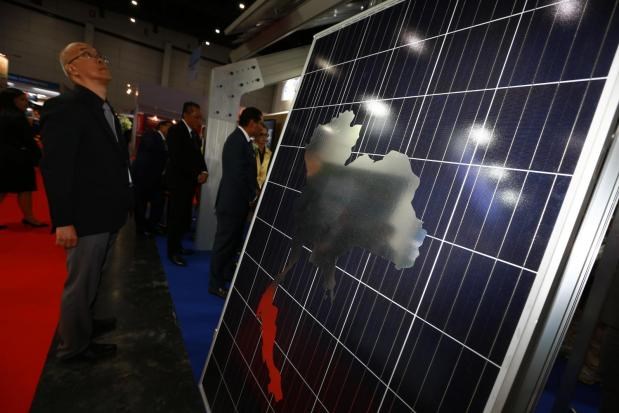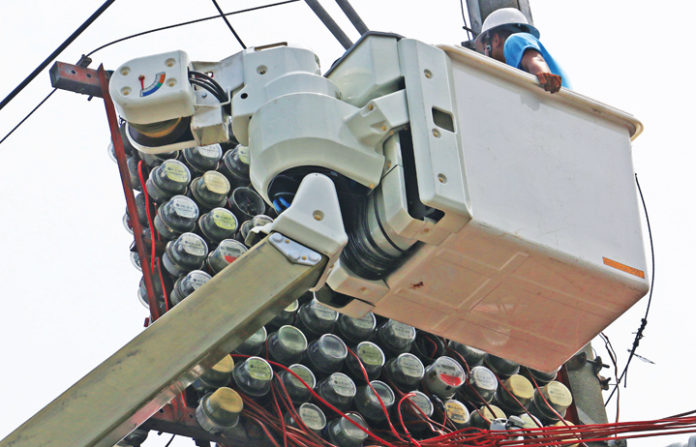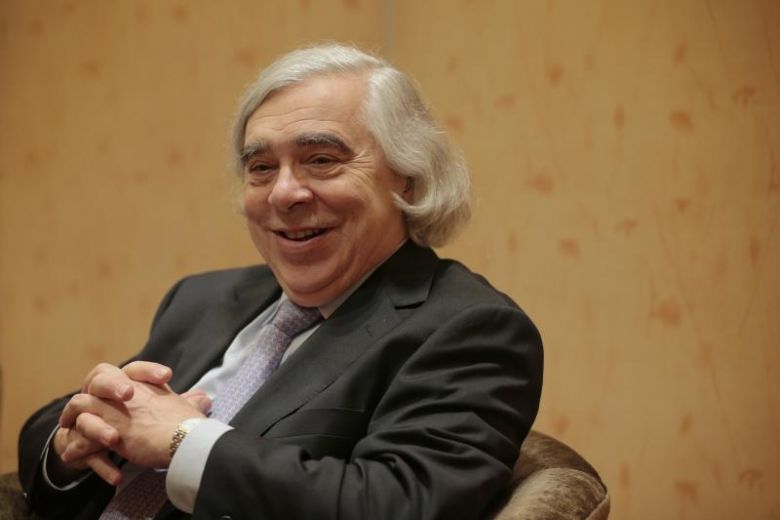- Renewables
–
- Thailand
Bangkok (VNA) – The Energy Ministry of Thailand expects the solar power project for household rooftops to achieve its projection of 15,000 participants by year-end thanks to the popularity of the trend and declining investment costs in the sector, according to local media.
The number of households using solar power has increased significantly since the Energy Regulatory Commission (ERC) opened its household solar power scheme last month, with plans to buy electricity from individual producers of up to 100 megawatts this year at 1.68 baht per kilowatt-hour, Bangkok Post reported.
Since it started on May 24 some 1,200 households have participated in the programme.
Solar power from household sources has been gaining at impressive growth rates this year, the paper quoted Minister Energy Minister Siri Jirapongphan as saying. The energy source is going to shake the industry, he said.
According to the minister, household solar power is part of the national power development plan for 2018-37, which has revised the target for solar power portfolio over the next two decades.
The government expects the capacity of solar power will increase by 20-30 percent in the next 20 years to 15,000-20,000MW, up from 3,500MW at the end of this year, he said, adding some 10,000MW will be generated by the household rooftop scheme.
The Energy Ministry has strongly supported and promoted clean energy and technology, notably wind farms, energy storage and solar power as these sectors gain in popularity globally, Siri said. – VNA












